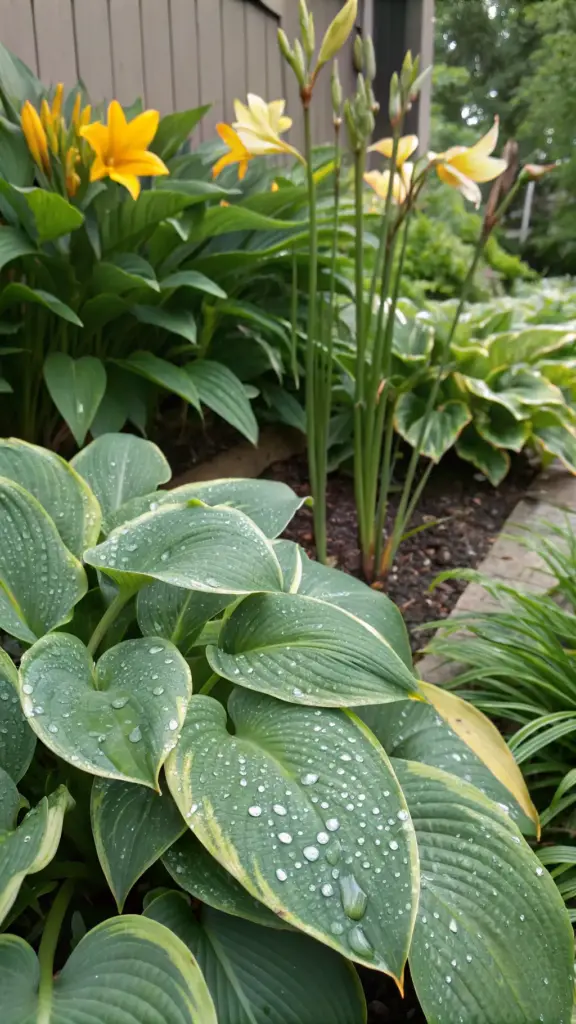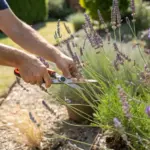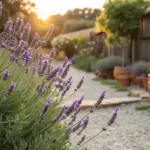5. Plants with Standing Water Collection Points

I thought I was being so smart with my bromeliad collection and those gorgeous hostas with their cupped leaves – until I realized I’d accidentally created a mosquito breeding program that would make any entomologist jealous. These innocent-looking plants were collecting water in places I never even thought to check.
It took me way too long to figure out why my “mosquito-free” garden makeover wasn’t working.
Common Garden Plants That Secretly Collect Water
My hosta plants were the biggest surprise culprits. Those beautiful, cupped leaves create perfect little water bowls that I never noticed until I started looking closely.
A single large hosta can have 15-20 water collection points after a rainfall.
My bird of paradise plants were even worse – water would collect where the leaves meet the stem and just sit there for days. I counted mosquito larvae in at least half of these natural water pockets.
Even my daylilies were problematic. The way their leaves arch and overlap creates these hidden water traps that you can’t see unless you’re really looking for them.
How to Spot Problem Areas in Your Current Garden
I started doing mosquito scouting walks every few days, and wow – I found water collection points everywhere. The trick is looking at your plants from different angles, especially after it rains.
Check any plant where leaves form cups, bowls, or overlap in ways that could trap water.
My biggest discovery was using a flashlight to look into dense plant centers. So many of my plants had hidden water pockets that I’d never noticed during casual garden walks.
I also learned to look for plant debris collection areas – places where fallen leaves and twigs create little dams that hold water. These spots are mosquito gold mines.
Drainage Solutions That Keep Plants Happy
Adding drainage gravel around the base of my problem plants was a total game changer. This prevents water from pooling around the root zones without affecting plant health.
The key is creating gentle slopes away from water-collecting plants.
I started using plant saucers with drainage holes under my container plants instead of solid saucers. This catches excess water but doesn’t let it sit and stagnate.
For my in-ground hostas, I learned to plant them on slight mounds. This simple trick allows water to drain away from the leaf collection points naturally.
Low-Maintenance Alternatives That Don’t Trap Water
After my water collection nightmare, I discovered upright growing varieties of my favorite plants. Upright hostas and vertical-growing bromeliads don’t create those problematic water pockets.
Ornamental grasses became my new best friends. They provide the same lush look as broad-leafed plants but water just rolls right off them.
I also switched to succulent alternatives for many of my problem areas. Plants like agave and yucca give you that dramatic tropical look without any water collection issues.
Identifying Your Garden’s Hidden Water Traps
Now I do a post-rain inspection within 24 hours of every rainfall. This is when you can spot all the sneaky water collection points that dry up before you normally notice them.
Use your phone’s flashlight to check inside dense plant clusters – you’ll be amazed what you find.
I learned to look for leaf litter accumulation around the base of plants. Dead leaves create perfect little water-holding areas that mosquitoes love for breeding.
My weekly routine now includes checking any plants with overlapping or cupped foliage. It takes about 10 minutes but prevents weeks of mosquito problems.
Seasonal Maintenance That Prevents Breeding
During peak mosquito season, I empty any collected water every 2-3 days. This breaks the mosquito life cycle before they can complete development.
Mosquito eggs can hatch in as little as 48 hours in warm weather.
I’ve started using a turkey baster to suck water out of hard-to-reach plant collection points. It sounds ridiculous, but it’s incredibly effective for those tight spots.
In fall, I do aggressive leaf cleanup around all my plants. Removing fallen debris eliminates those hidden water collection areas that can breed mosquitoes even in cooler weather.
I also learned to trim back overlapping foliage before mosquito season starts. This reduces the number of water collection points and makes maintenance much easier.
Conclusion
Creating a mosquito-free garden doesn’t mean sacrificing the lush, beautiful outdoor space you’ve always dreamed of!
By making smart plant choices and understanding how certain species inadvertently invite these pests, you can design a stunning landscape that’s both gorgeous and functional.
Remember, the key is choosing plants that naturally repel mosquitoes while maintaining the aesthetic appeal that makes your garden a true extension of your home’s style.
Ready to transform your outdoor space? Start by evaluating your current plants and gradually replacing mosquito magnets with their beautiful, pest-repelling alternatives.
Your summer evenings will thank you, and your garden will be the envy of the neighborhood – minus the unwanted buzzing guests!









GIPHY App Key not set. Please check settings